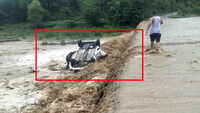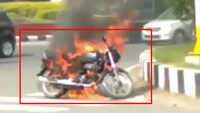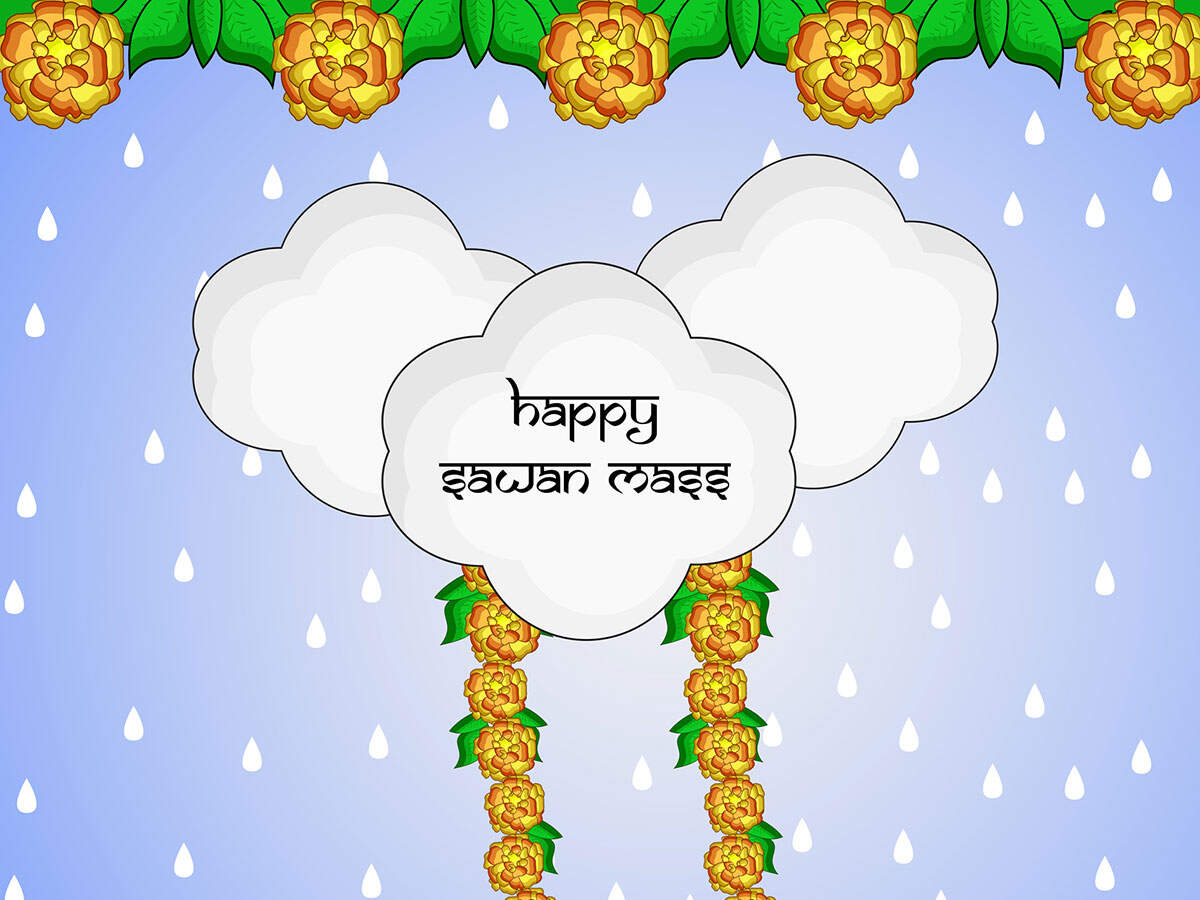
GUWAHATI: WhatsApp, much maligned for being a tool in spreading fake news, paranoia and mass hysteria, has redeemed itself somewhat in the borderlands of India’s northeast. Villagers living along the Assam-Bhutan border now get flood alerts on WhatsApp from ‘friends’ across the border.
As many as 56 big and small rivers flow into India from Bhutan via Assam. Historically, this area has been prone to flooding, the intensity of which varies every year. But most of the time, people living downstream, that is on the Indian side, find themselves amid the raging torrent as information flows slower than flood waters.
The consequences are often tragic. But for a month now, a system has been in place to issue early flood warning from the Bhutanese side to those in Assam. Sample this recent alert from a Bhutanese villager to someone in India: “Hi gud mng bro. Please caution your communities who are vulnerable to swollen river disaster. There is heavy flooding all over Gelephu and her peripherals (sic).”
For someone who lives on this side of the border, this sort of a heads-up can be a lifesaver. “Our village is on the Bhutan foothills, and every year we have a tough time when the Manas river danger is coming. We have several WhatsApp groups where these alerts are shared,” Brahma said.
This system came up after Bhutan-India Friendship Association (BIFA) teamed up with North East Research and Social Work Networking (NERSWN), an Indian NGO based in Kokrajhar, the headquarters of BTAD. “Our members constantly monitor WhatsApp. The moment we get any alert, we send it to the last villager. We have already told every border villages what to do when we send an alert. We have taught them the basics: how to take their cattle to higher ground, stock up on food and water and carry enough clothes,” NERSWN executive director Raju Narzary told TOI. The alerts aren’t just textual; they come as audio-visual clippings too. And now, efforts are on to expand the reach of this WhatsApp net beyond Bodoland, right down to Bangladesh.
As many as 56 big and small rivers flow into India from Bhutan via Assam. Historically, this area has been prone to flooding, the intensity of which varies every year. But most of the time, people living downstream, that is on the Indian side, find themselves amid the raging torrent as information flows slower than flood waters.
The consequences are often tragic. But for a month now, a system has been in place to issue early flood warning from the Bhutanese side to those in Assam. Sample this recent alert from a Bhutanese villager to someone in India: “Hi gud mng bro. Please caution your communities who are vulnerable to swollen river disaster. There is heavy flooding all over Gelephu and her peripherals (sic).”
For someone who lives on this side of the border, this sort of a heads-up can be a lifesaver. “Our village is on the Bhutan foothills, and every year we have a tough time when the Manas river danger is coming. We have several WhatsApp groups where these alerts are shared,” Brahma said.
This system came up after Bhutan-India Friendship Association (BIFA) teamed up with North East Research and Social Work Networking (NERSWN), an Indian NGO based in Kokrajhar, the headquarters of BTAD. “Our members constantly monitor WhatsApp. The moment we get any alert, we send it to the last villager. We have already told every border villages what to do when we send an alert. We have taught them the basics: how to take their cattle to higher ground, stock up on food and water and carry enough clothes,” NERSWN executive director Raju Narzary told TOI. The alerts aren’t just textual; they come as audio-visual clippings too. And now, efforts are on to expand the reach of this WhatsApp net beyond Bodoland, right down to Bangladesh.
World Cup 2019
Trending Topics
LATEST VIDEOS
More from TOI
Navbharat Times
Featured Today in Travel
Quick Links
Lok Sabha Election Schedule 2019Lok Sabha Election NewsDelhi Capitals teamMI team 2019Rajasthan Royals 2019RCB team 2019Maharashtra Lok Sabha ConstituenciesBJP Candidate ListBJP List 2019 TamilnaduShiv Sena List 2019AP BJP List 2019Mamata BanerjeeBJP List 2019 MaharashtraPriyanka GandhiBJP List 2019 KarnatakaAMMK Candidate List 2019BJP List 2019 WBLok Sabha Elections in Tamil NaduBSP List 2019 UPNews in TamilLok Sabha Poll 2019Satta Matka 2018PM ModiMahagathbandhanNagpur BJP Candidate ListChandrababu NaiduTamil Nadu ElectionsUrmila MatondkarNews in TeluguMadras High CourtTejashwi YadavArvind KejriwalTejasvi SuryaPawan KalyanArvind KejriwalYogi AdityanathJaya PradaSatta King 2019Srinagar encounter
Get the app







